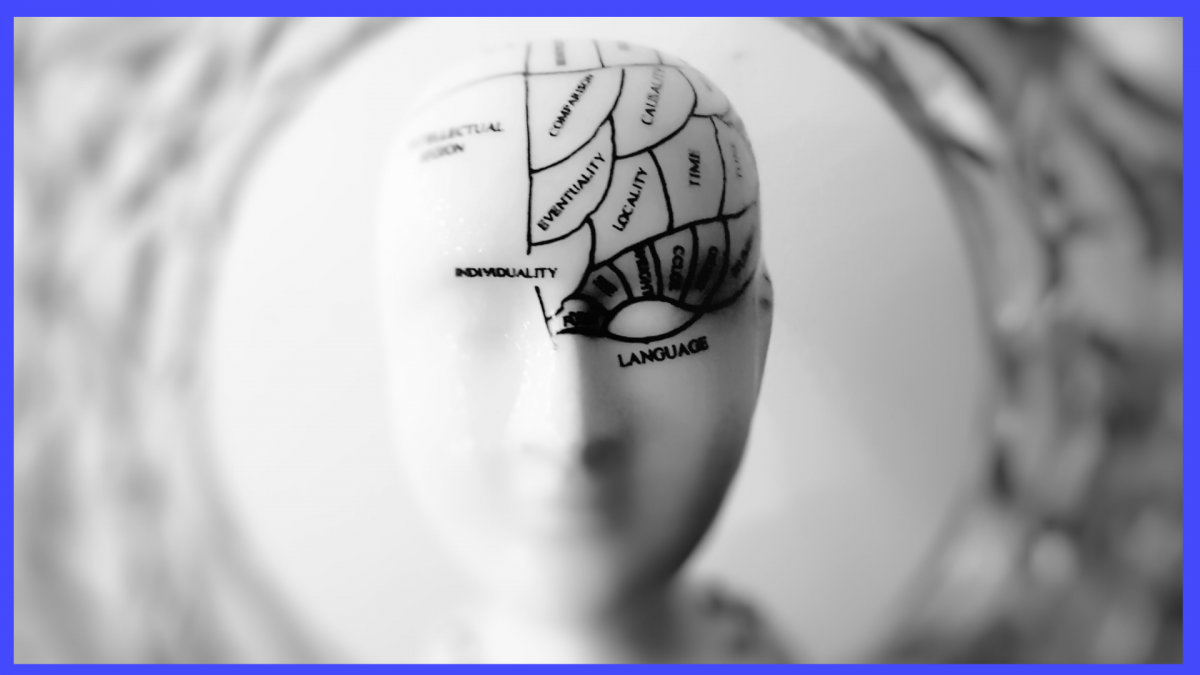Why Elon Musk’s Brain Will Change The Future Of UX
PUBLISHED
22 October, 2019


In July of this year, it was announced that Microsoft has invested a cool $1 billion in Elon Musk’s brain.
His what, you ask?
We’re not, of course, talking about Musk’s own brain (as valuable as that is) but, his latest venture into the world of artificial intelligence (AI) – tech which can mimic the working of the human brain.
Neuralink, which will, apparently, build a scalable implant to connect human brains with computers, has already begun testing in rats and, there are plans to test its brain-machine interface in humans by the end of 2020, with a long-term goal of people “merging with AI.” Without getting too ‘sciencey’, Neuralink will involve combing around 1500 electrodes into neuron-thin threads and, then, using a robot to darn those threads between blood vessels within the ‘high-entropy substrate of the brain’s surface. This will, in theory, create a super-being which is a combination of man and machine.
Round the bend or, just round the corner?
As ambitious as he is brilliant, Elon Musk plans to use artificial general intelligence (AGI) in order to create a machine which will equal – and overtake – the capabilities of the human brain. So, what does that actually mean? Essentially, “Frankenmusk” or, Neuralink, to give it it’s proper name, will make ordinary AI look decidedly old school in its abilities and uses by, more or less, taking on a life of its own.
If successful, the machine will not only be able to solve problems and learn from itself, it will also be able to use logic in order to design new processes, form a bridge between body and synapses and make complex decisions.
Hailed as ‘The most important technological development in human history’ by Sam Altman, CEO of OpenAI, it’s said that this technology could revolutionize areas such as healthcare and surgery.
OK, so that’s all very well but, more importantly, what could it do for those looking to sell stuff and take the user experience to a new level?
We take a (slightly tongue in cheek) look at a few of the ways in which Musk’s monster *could* benefit businesses in terms of user experience.
Smart Service
The obvious starting point is, of course, customer service. Imagine a technology that can not only take orders and answer simple queries but can actually manage the whole user experience process intelligently and, super-fast. If this tech is as good as Musk claims it will be then it will be able to resolve complex customer queries and complaints, including offering refunds and exchanges quickly and super-efficiently.
It will also be able to handle a greater volume of complex booking processes including airline check in and customs processes (although we’re fairly sure that quite a lot of airline staff already have artificial brains). All of this will of course create a highly efficient and reactive user experience which will, in turn, translate into happier – and more customers. Most importantly, its forecasting and smart-selling skills will be of the scale as it will be able to recognise much more subtle nuances of customer behaviour. As with any new technology, the idea is to increase volume and decrease waiting time in order to improve the user experience with a supremely personal service.
Sentiment Analysis
With its human-like brain, we’re assuming that this machine will be more than capable of understanding nuances in language such as sarcasm and irony – which means that it could well be a game changer for Sentiment Analysis. So far, this is the one area in which SA tends to fall down and so, Musk’s new tech could well prove to be the vital missing link. With improved sentiment analysis, brands will have a much clearer picture of how customers feel about the brand – allowing them to act accordingly in order to improve the user experience.
Creative juices (virtually speaking)
In 2019, technology is stupendous, startling – and sometimes hilarious.
As great as it is at crunching data and streamlining processes, its creative juices have a lot to be desired. In 2018, Ross Goodwin attempted to use AI to write a novel, “1 The Road,” The following extract shows that, currently, AI is no Alan Bennett “The time was one minute after midnight and the wind was still standing on the counter and the little patch of straw was still still and the street was open.”
With Elon Musk’s new technology, we can expect to see businesses using machines for creative processes such as graphic design and the writing of content for adverts, social media and more. This will lead to an improved user experience as it will allow brands to regularly switch up content on-site.
Marketing Moves
The modern business spends an astonishing amount of time on coming up with innovative and engaging marketing campaigns – more so, in fact, than it spends on any other area of operation. With the advent of Neuralink, we can reasonably forecast that we’ll be able to sit back and play Minecraft whilst the machine designs brilliant and engaging campaigns for us using a combination of AI speed and human creativity.
But, is it a good idea?
If all of this still seems a bit far fetched, remember it’s only been a short 13 years since we first got phones with internet access. Before we get too excited it’s worth remembering that, rather than commercial purposes, the initial plan for Neuralink is to use its powers for good not evil – by theoretically enabling paraplegic people to walk again or restoring sight to the blind by isolating and controlling brain signals. Ben Lamm, CEO of Hypergiant, says, “Careful consideration is called for, as well as “extensive conversation and engagement around AI-human mergers,”
With Elon Musk seemingly confident that Neuralink will be ready to test on humans in just over a year, we’ll be keeping a close eye on its progress.
Who is Elon Musk?
Entrepreneur, engineer and, all round mover and shaker, Elon Reeve Musk is co-founder of Paypal, Tesla and SpaceX and is said to have a net worth of $19.4 billion. Neuralink is Musk’s latest – and most ambitious – project to date.
Finally – This article is, of course, pure conjecture and, we’re sure that there will be extensive testing and safeguards put in place before Musk’s Neuralink enters the public realm.
AUTHOR

Milosz Krasiński
What’s UXCam?
Related articles
Product best practices
Como Encontrar Usuários Ativos De Um Aplicativo
Descubra estratégias comprovadas para identificar e engajar usuários ativos do seu app, aumentar a retenção, impulsionar o crescimento e maximizar o sucesso do seu...

Tope Longe
Growth Marketing Manager
Product best practices
Product Performance Analysis - A 7-Step Playbook with UXCam
Learn how to use product performance analysis to improve UX, boost retention, and drive growth with actionable steps and...

Tope Longe
Growth Marketing Manager
Product best practices
How to Increase Mobile App Engagement (10 Key Strategies)
Discover the top strategies for increasing mobile app engagement and user retention. From push notifications to app gamification, our expert tips will help you boost...

Tope Longe
Growth Marketing Manager